This structure aims to guide readers through a comprehensive exploration of coffee and espresso beans, from their origins to the cup, enhancing both knowledge and appreciation.
Coffee is more than just a drink; it’s something that brings people together all over the world.
Getting to know the different kinds of coffee beans is like going on an adventure. Each type of bean has its own special taste and story, depending on where it comes from and how it’s made. This journey isn’t just about enjoying a delicious cup of coffee. It’s also about connecting with the people and places that bring us our coffee, from the farmers who grow the beans to the experts who roast and brew them. As we learn more about coffee and espresso beans, we find out the secrets to making an amazing cup of coffee. This shows us how special the world of coffee really is.
Coffee Beans 101: From Bean To Brew
Coffee beans, the seeds from the coffee plant, mark the beginning of every coffee journey. There are primarily two kinds: Arabica, with its sweet, gentle flavor, often regarded as superior, and Robusta, known for its bold, bitter taste and higher caffeine content.

The process from bean to brew is captivating, starting with cultivation in equatorial climates ideal for coffee growth. Once harvested, the beans undergo processing to shed their outer layers, revealing the desired green bean.

They’re then dried, transported globally, and roasted, a step that enhances their beloved flavor and aroma. This journey, crucial for both your everyday coffee and the robust espresso, is what brings the beloved magic into our cups.
Espresso Beans Unveiled: The Secret To Bold Flavors
Espresso beans are a bit of a mystery in the coffee world. What makes them special isn’t the type of bean, but how they’re roasted and prepared. Espresso beans are usually roasted longer, making them darker and oilier. This is what gives espresso its strong, rich taste that coffee lovers crave.
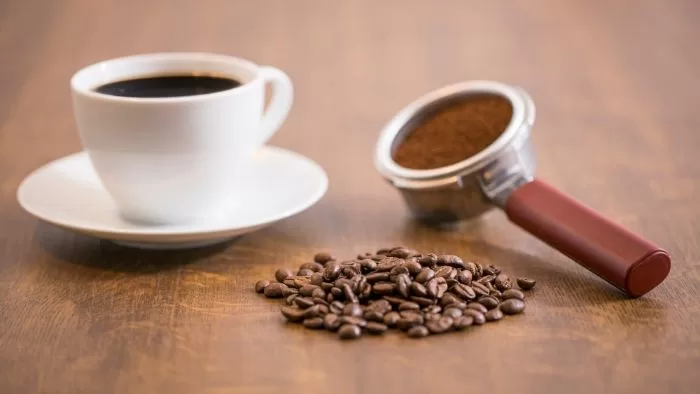
The roast profile, or how long and at what temperature the beans are roasted, plays a big role in the flavor of espresso. A darker roast means a bolder, more intense flavor, perfect for the short, strong shots of espresso. This roast not only brings out a deeper taste but also affects how the coffee feels in your mouth, making it smoother.
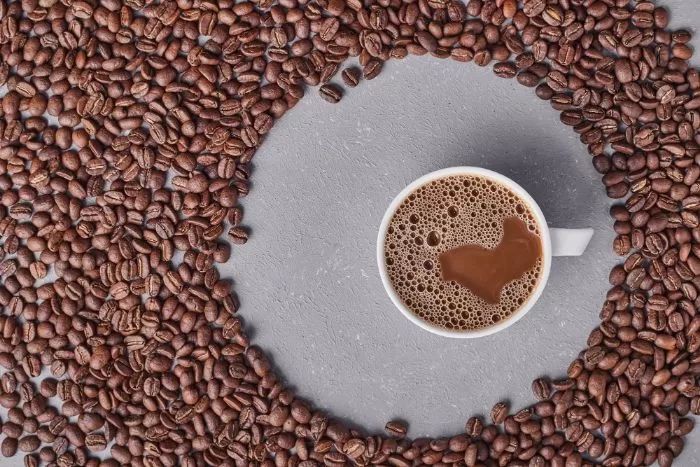
In short, espresso beans stand out because of the way they’re roasted. This special treatment is what creates the unique, powerful flavor that makes espresso not just a coffee, but an experience.
Coffee Bean VS. Espresso Bean
When we talk about coffee beans and espresso beans, the main differences boil down to how they’re roasted, ground, and brewed. Sure here is the written version:
1. Examine the roasting process
Coffee beans undergo roasting at different levels, spanning from light to dark.Light roasts have a higher acidity and retain the bean’s original flavors, while dark roasts have a stronger, bolder taste, which is perfect for espresso.
The roast affects not just the flavor but also how smooth or sharp the coffee tastes.
2. Grind Size
For regular coffee, the beans are ground coarser, which suits methods like drip or French press. Espresso beans are ground very fine.
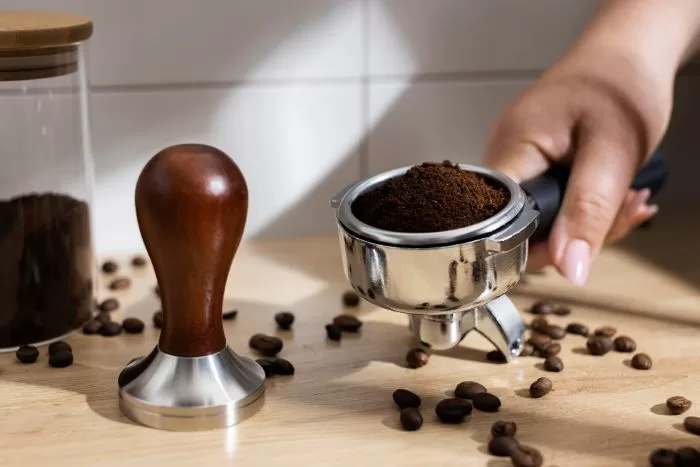
This helps in extracting all the rich flavors quickly under high pressure, which is how espresso machines work.
3. Brewing Techniques
Espresso requires a specific method, using fine grounds and high pressure to make a concentrated shot.

Regular coffee can be made in many ways, from drip coffee makers to pour-overs, each bringing out different notes of the beans.
Can Espresso Be Made with Regular Coffee Beans?
This is a common question pondered by many. The answer is a resounding yes! In reality, espresso can be crafted using any type of coffee bean. The key differences between what we usually call “coffee beans” and “espresso beans” come down to the roast and grind, not the bean itself.
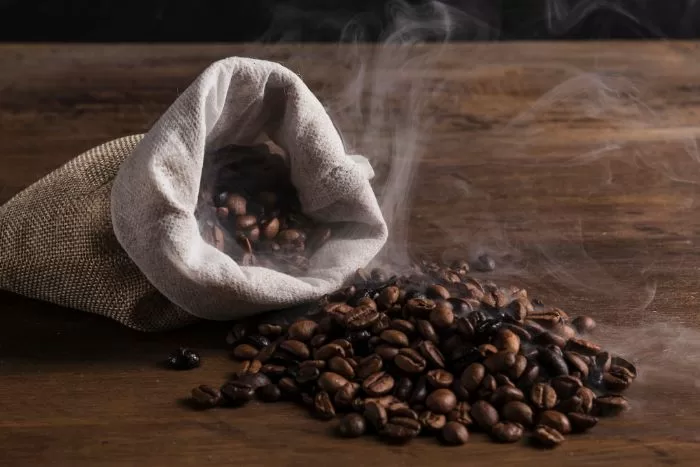
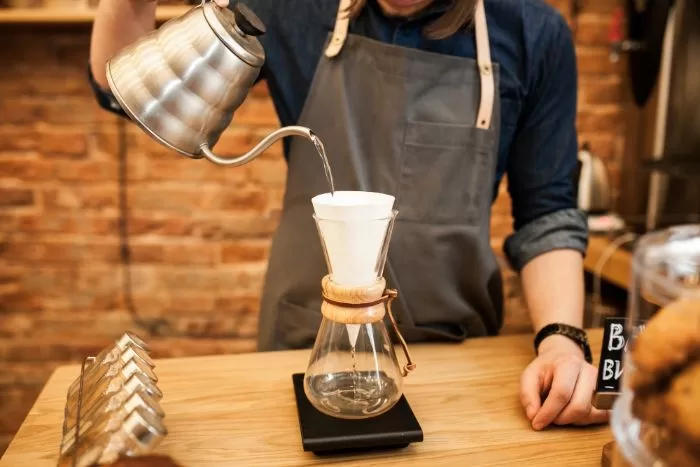
Espresso revolves around a specific brewing method: the application of pressure to force hot water through finely ground coffee. While certain roasts and blends are optimized for the intense flavor of espresso, you can technically use any coffee bean to make it. So, if you’ve got your favorite coffee beans at home, go ahead and try them out in your espresso machine. You might discover a new favorite espresso flavor.
Picking the Perfect Bean: Your Guide To Great Coffee and Espresso”
Selecting the ideal coffee bean is akin to selecting the perfect ingredient for your favorite recipe. Here’s how to ensure you’re maximizing the flavor of your brew:
1. Consider the Roast
If you love a bold, strong cup, go for darker roasts. They’re ideal for espresso. Lighter roasts are great for tasting the bean’s original flavors, perfect for drip coffee or pour-over.
2. Think About Flavor
What tastes do you enjoy? Chocolatey, fruity, nutty? Your preference will guide you to the right bean.
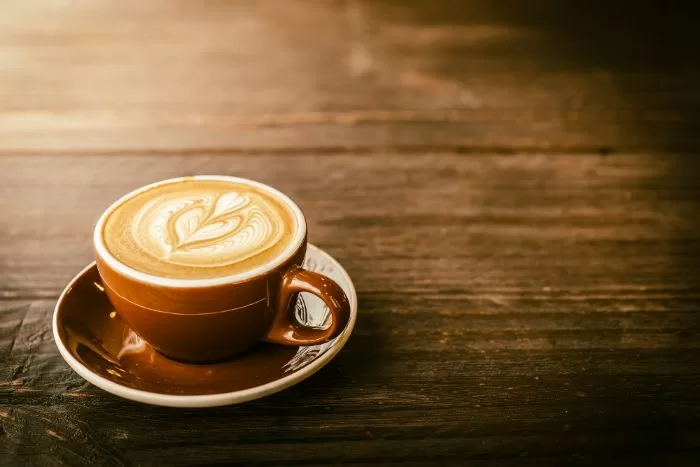
Arabica beans are renowned for their smooth and intricate flavors, whereas Robusta beans offer a bold punch with a stronger, more bitter taste profile.
3. Brewing Method Matters
For espresso, choose a dark roast ground finely to get that rich, concentrated flavor. For regular coffee, opting for a medium roast with a coarser grind is ideal, especially for brewing methods such as French press or drip.
Top Bean Recommendations
For Espresso: Seek out dark roasts boasting bold, rich flavors.
For Coffee: Opt for medium roasts, known for their versatility and balanced acidity and flavor.
The Art Of Blending Coffee Beans
Blending different coffee beans is like mixing paints to create a new color. It can make your coffee experience even more exciting by combining flavors, aromas, and strengths from various beans into one perfect cup. Here’s how and why to try blending at home:
1. Why Blend?
Blending lets you customize your coffee. You can mix beans with different qualities – say, a bean with fruity notes with another that’s chocolatey – to get a coffee that’s just right for you.
2. Getting Started
Begin with two or three types of beans.

Choose one for its body (like a robusta for strength and creaminess), one for its acidity (like a light roast arabica for a brighter taste), and one for unique flavors (like a medium roast with chocolate or fruity notes).
3. Experiment
Try different ratios until you find what you love. Start with equal parts, then adjust based on what tastes best to you.
Taste Test: Coffee VS. Espresso Showdown
Ever wonder how coffee and espresso really compare? Let’s dive into a taste test that will help you appreciate the unique qualities of each.
1. Start with Sight
Notice the difference in appearance. Espresso is usually darker and has a creamy layer on top called crema, while coffee is lighter and more transparent.
2. Smell the Aromas
Before tasting, inhale deeply.
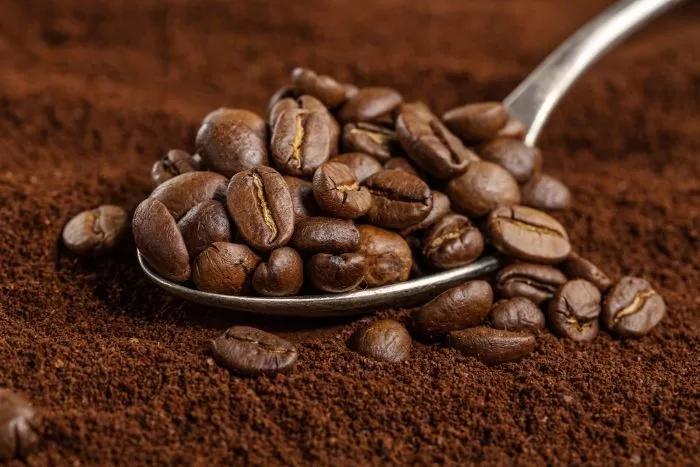
Espresso often has a stronger, more concentrated aroma, while coffee’s scent is milder and can carry hints of the bean’s origin, like floral or fruity notes.
3. Taste the Difference
Sip slowly. Espresso hits you with a bold, intense flavor and a thicker body, while coffee offers a more gentle, nuanced experience, with varying acidity and sweetness depending on the roast and origin.
4. Feel the Texture
Espresso tends to feel rich and creamy, whereas coffee is more watery.
5. Notice the Aftertaste
Espresso leaves a lingering taste that stays in your mouth, while coffee’s aftertaste is lighter and fades more quickly.
How to Keep Your Coffee Beans Fresh
1. Store Smart
Find a cool, dark spot in your kitchen for your beans. Light and heat are enemies of freshness, causing your beans to lose their flavor faster.
2. Seal Them Tight
Oxygen is another flavor thief. Keep your beans in an airtight container. This could be a dedicated coffee storage canister with a seal or just a good, old-fashioned mason jar.
3. Skip the Fridge
It might seem like a good idea, but the fridge can introduce moisture to your beans, messing with their taste. Stick to a cupboard or pantry instead.
4. Buy What You Need
Freshness is key, so buy beans in amounts you can use within a month. This way, you’re always brewing the freshest, most delicious coffee or espresso.
5. Consider the Container
If you’ve bought beans in a bag that’s not resealable, transfer them to something that is.

Keeping air out is crucial for maintaining that just-roasted taste.
A Flavorful Conclusion
To wrap it up, the adventure between coffee and espresso beans lies in their roast depth, grind fineness, and how we brew them. Each bean tells its own story, offering a spectrum of flavors and experiences. Embrace the diversity, experiment with different beans and brews, and let your taste guide you through the rich world of coffee. Keep exploring, tasting, and enjoying—your perfect brew awaits!
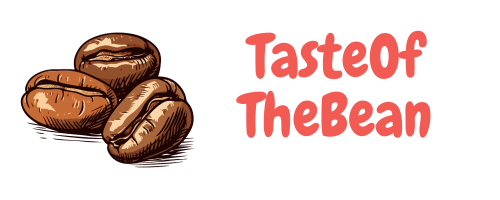
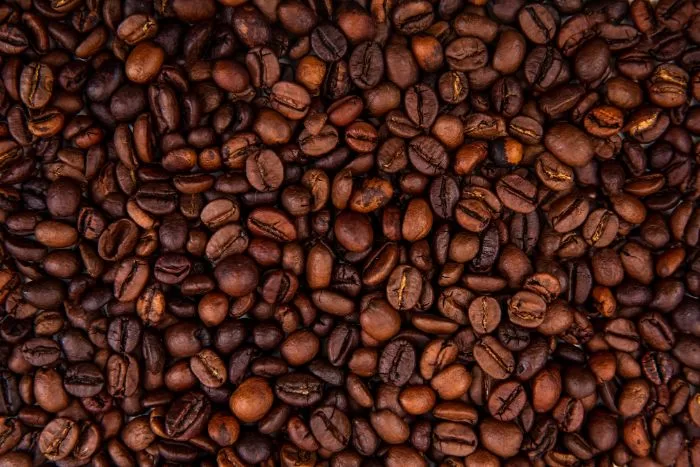

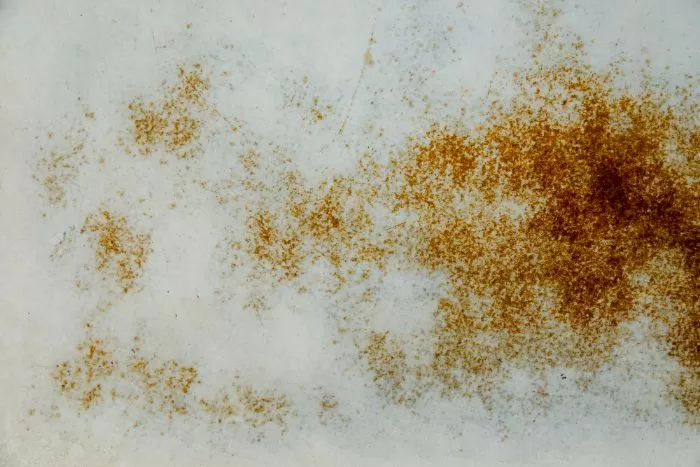
Leave a Reply